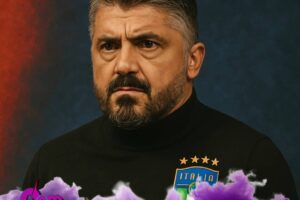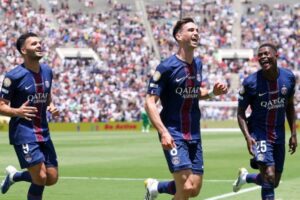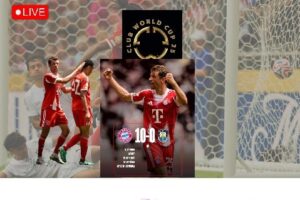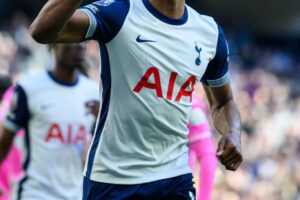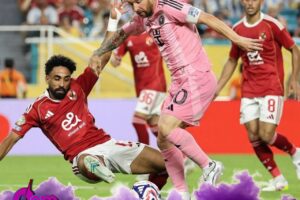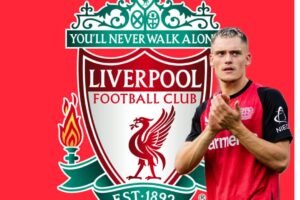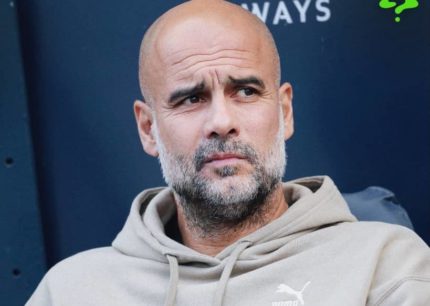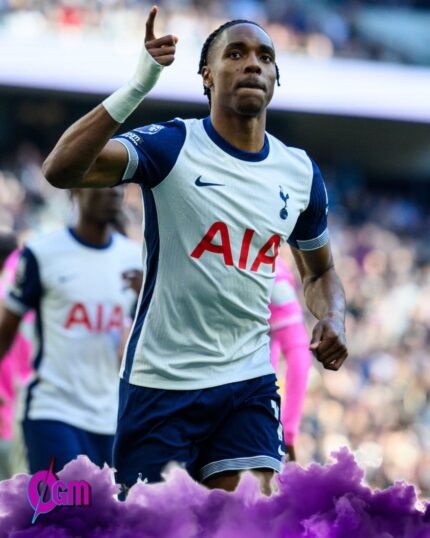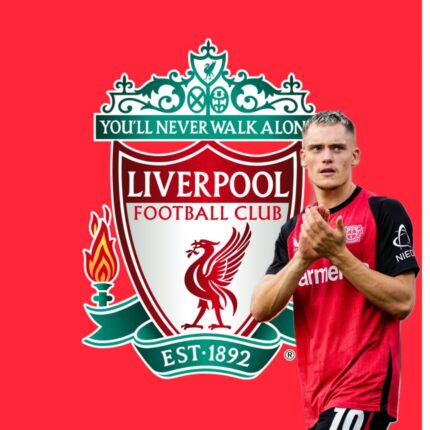Manchester City’s recent string of defeats has raised questions about whether the team is experiencing a downturn in form. Following a 4-1 loss to Sporting Lisbon, Manchester City’s midfielder Bernardo Silva described the team as being “in a dark place,” though manager Pep Guardiola had a different take. While he acknowledged the disappointing outcomes, Guardiola maintained that his players performed well in many aspects and pointed to the intensity they displayed in close wins over Fulham, Wolves, and Southampton. Nevertheless, the three defeats in a week’s span have ignited concerns. Here, we delve into the primary factors contributing to City’s struggles.
Injury Woes Impacting Manchester City’s Form
One of the most significant challenges facing Manchester City is their mounting injury list. The absence of key players like Ballon d’Or winner Rodri and midfielder Kevin De Bruyne, who has been sidelined for almost two months, has disrupted their usual rhythm. Additionally, other critical squad members, such as Ruben Dias, Jack Grealish, and Jeremy Doku, have been unavailable, leaving gaps in both defense and attack. These injuries have compounded Manchester City’s struggles, leading to recent lackluster performances.
The injuries have also sparked criticism among fans regarding City’s recruitment strategy over the past two years. Supporters have voiced concerns that Manchester City’s squad depth, which once gave them a competitive edge, now appears thin. Moreover, players like Ilkay Gundogan and Phil Foden, though showing signs of improvement, have not been performing at peak levels, leading to unconvincing displays even in victories. This combination of key players sidelined and others struggling to fill the void has contributed to a feeling of crisis within the club.
A Midfield Conundrum: Guardiola’s Tactical Dilemma
Without Rodri, Guardiola has turned to a ball-dominant midfield strategy, relying on players like Bernardo Silva, Mateo Kovacic, and Rico Lewis to control the game through short passes. This approach, while effective in controlling possession, has left Manchester City vulnerable to counter-attacks. Sporting Lisbon exploited this weakness effectively, with Manchester City’s midfield struggling to chase down their opponents or win back the ball, leading to a defensive breakdown.
This vulnerability has also been evident in recent matches against Fulham, Wolves, and Tottenham, where opposition teams took advantage of transitions to break through City’s defense. Fans are beginning to call for a more dynamic approach, suggesting that City should prioritize pace in the midfield to combat counter-attacks more effectively. Guardiola, however, has shown a reluctance to deviate from his established tactics. This reliance on ball control without addressing defensive fragility has raised questions about whether Manchester City’s midfield needs a more athletic edge.
Struggles in Front of Goal
Despite boasting one of the Premier League’s highest goal tallies, City’s finishing has been surprisingly inconsistent. Guardiola himself admitted after the loss to Sporting that the team “has to do a lot to score.” This issue was masked at the season’s start by Erling Haaland’s scoring prowess, which diverted attention from the limited contributions of other attacking players.
The lack of goals from midfield and wings has become apparent, with players like Grealish and Nunes showing limited scoring ability. Phil Foden, though showing glimpses of his former self, has struggled to find consistent form, while Gundogan has yet to rediscover his prolific scoring touch from previous seasons. While Manchester City has had success scoring from set-pieces, with a league-high number of goals from corners, they lack efficiency, converting just 4 out of 98 corner attempts. This need to rely heavily on set-pieces underscores the team’s challenges in finding the back of the net through open play.
Moving Forward: Can City Regain Their Footing?
As Manchester City prepares for a critical matchup against Brighton, they face an opportunity to regroup and address their vulnerabilities. With upcoming games against title rivals Tottenham and Liverpool following the November international break, City’s path back to form hinges on bolstering their defense and seizing more scoring opportunities. Guardiola’s tenure at Manchester City has shown that his teams rarely allow mini-crises to develop into extended slumps, but this is one of the few times City has looked this exposed.
Bernardo Silva’s comments about the team being in “a dark place” echo similar sentiments voiced by Ilkay Gundogan last season, which ultimately spurred a renewed push that led City to success. Whether this season will follow a similar trajectory is uncertain, but the pressure is on for City to demonstrate resilience. Guardiola will need to make tactical adjustments and reintegrate injured players quickly to stave off the notion of a true crisis at the Etihad.



